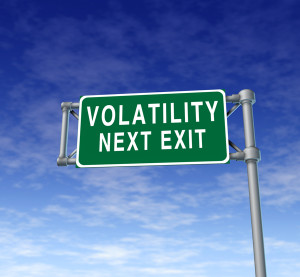Tuesday September 6: Five things the markets are talking about
The holiday long weekend is over, schools reopen for the new year, and here’s hoping that today we can “unofficially” bid goodbye to one of the quietist summer trading sessions in living memory.
Now that NFP is out of the way, it’s up to the “big four” central banks (Fed, ECB, BoJ and BoE) and an OPEC get together to drive capital markets this month.
Down-under overnight, the Reserve Bank of Australia (RBA) held interest rates steady at a record low +1.5%. Governor Steven’s comments appeared neutral, and like most central bankers, he sees inflation remaining stubbornly low for some time – it does not rule out another rate cut by year’s end.
Tomorrow it’s the Bank of Canada’s (BoC) turn; Governor Poloz is not expected to make any changes to overnight rates. Elsewhere, BoE’s Governor Carney makes an appearance before the Treasury Select Committee, while on Thursday the European Central Bank (ECB) takes the spotlight. Any dovish signal from Draghi should provide a tailwind for risk appetite.
1. Global bourses provide mixed signals
Asian shares advanced overnight, while Aussie stocks remained in negative territory after the RBA left rates unchanged as expected. Euro bourses have opened in the black in early trading.
The Nikkei Stock Average closed up +0.3%, hitting a fresh three-month high, and building on last week’s +3.5% gain. In Australia, the S&P/ASX 200 ended down -0.3% after the RBA’s decision. Fixed income dealers are pricing in a +50% chance that the RBA will cut rates by year-end.
In Europe, indices are holding near their highest levels since April as commodities-related stocks rally.
Indices: Stoxx50 +0.1% at 3,084, FTSE -0.3% at 6,868, DAX +0.3% at 10,702, CAC-40 +0.2% at 4,550, IBEX-35 +0.2% at 8,974, FTSE MIB +0.1% at 17,202, SMI +0.2% at 8,327, S&P 500 Futures +0.1%
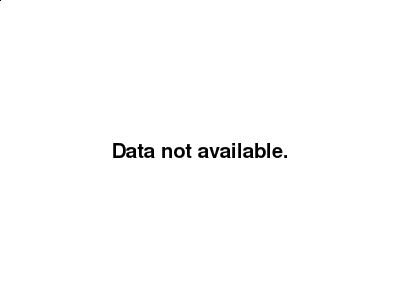
2. Crude prices slip despite Russia/Saudi agreement
Ahead of the U.S open, oil prices are on the back foot, falling from yesterday’s one-week high on declining hopes for imminent action to tackle a supply glut.
Yesterday, the Saudi’s and Russia agreed to cooperate in world oil markets. Dealers assumed that a ‘freeze’ in production would be implemented – Brent jumped +5% and WTI +3.6% on the news. However, ‘black gold’ has been paring prices ever since Saudi Energy Minister Khalid al-Falih said there was no need to freeze output for now.
Brent crude (Nov. Contract) is down -32c at +$47.31 a barrel. Note: WTI did not settle on Monday due to the Labor Day holiday – up +60c to +$45.04 from Friday’s close.
Energy traders will now have to wait to take their longer-term directional cues from the OPEC and non-OPEC meeting in Algeria September 26/28.
Gold (+1,327.50) holds steady as the ‘big’ dollar underperforms on market expectations that the Fed will not raise rates in September. Expect the yellow metal’s gains to be somewhat limited by stronger equity markets.
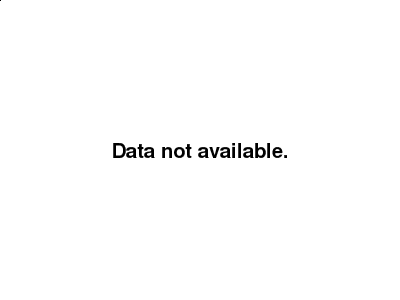
3. Dollar under pressure on rate expectations
The dollar’s rising momentum since Friday’s U.S. jobs data against the JPY (¥103.27), EUR (€1.1163) and GBP (£1.3338) have eased, weighed on by uncertainty over the pace of the Fed’s rate increases.
However, the big winners are Emerging-Market assets – accommodating monetary policy always helps.
Nevertheless, expect investors to look towards this morning’s U.S service sector (ISM non-manufacturing PMI 10am EDT) and comments by Fed Bank of San Francisco President Williams (21:15pm EDT) for any clues on tightening U.S. monetary policy.
A weak report this morning (55 e vs. 55.5 m/m) would further reduce the market odds of a Fed hike later this month. And any talk of September still being ‘live’ should see Asian and higher yielding currencies (AUD, NZD, TRY etc.) give up some of their recent gains.
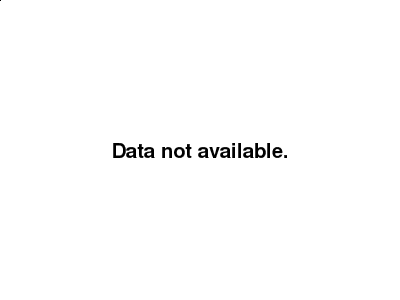
4. U.S yield curve little changed
U.S Treasuries remain stuck in a narrow range as investors wait for further proof that U.S rate normalization is off the table for now.
U.S 10’s yield is at +1.607% vs. +1.585% Friday. A widely held thought on the street is that the Fed will raise rates just once this year and wait until after the U.S election to do so.
Dealers currently see a +12% chance that the Fed will raise rates at its September meeting and a +51% chance of an increase by December.
The very active U.S. corporate bond issuance last month is expected to eat into the traditionally strong September primary market. Why? The high degree of uncertainty regarding when the Fed will increase rates again should provide further support for U.S. corporates to take care of financing needs while all-in yields remain low.
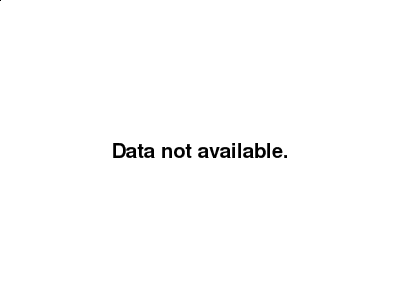
5. G20 reaches “broad consensus”
Another PR opportunity for world leaders was completed on the weekend in China. The G20 meeting was, perhaps, overshadowed by one or two political snub incidents, rather than real work.
Nevertheless, the 20 major leaders reached “broad consensus” on carrying out structural overhauls and promoting trade and investment to boost global growth.
They also had time to reaffirm their commitment to refrain from competitive currency devaluations. They know more needs to be done to create economic growth and have vowed not to target exchange rates for competitive purposes and use all policy tools (including fiscal policy) to achieve sustainable and balanced growth. Only time will tell if any of this can make a difference!

